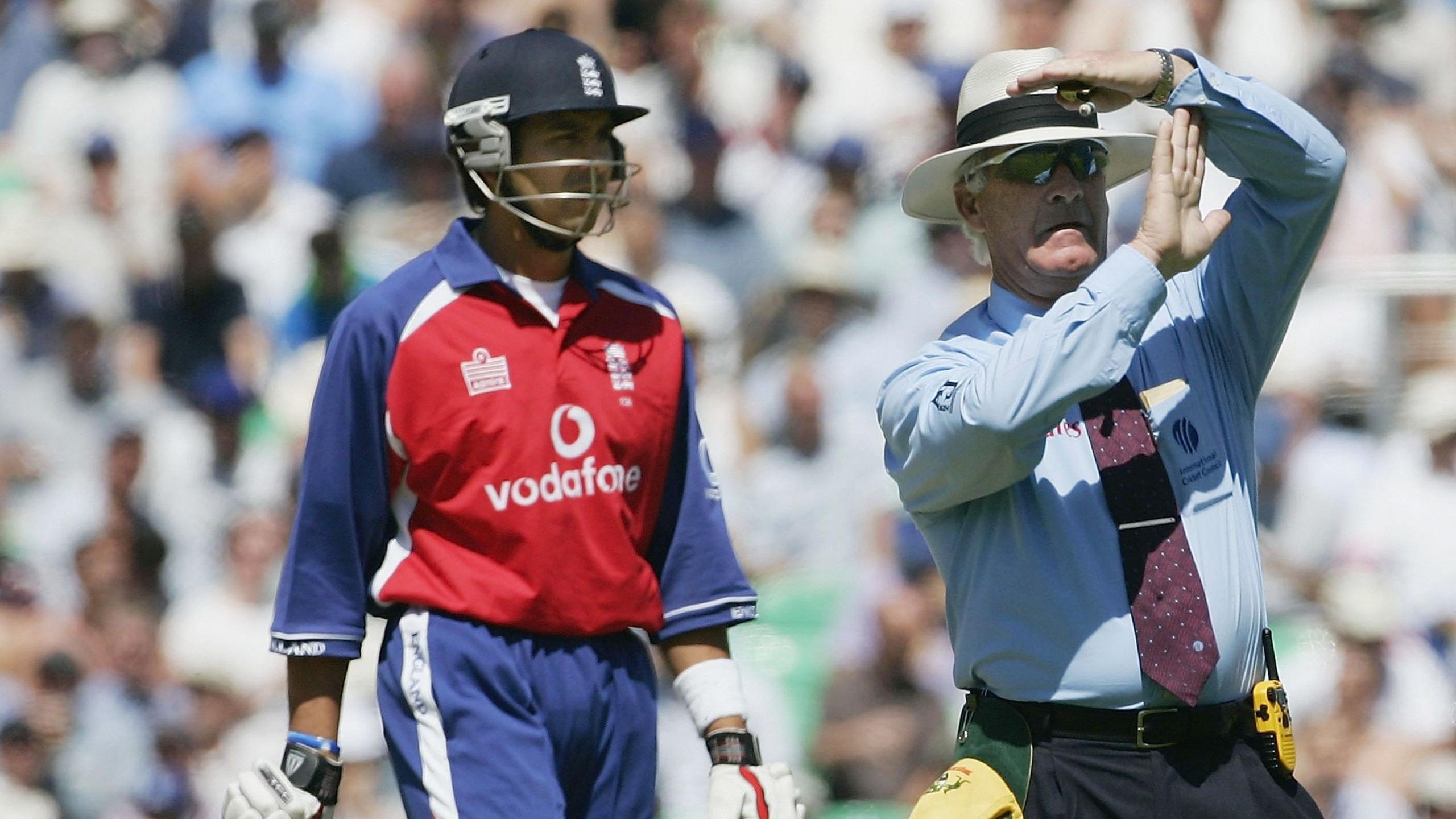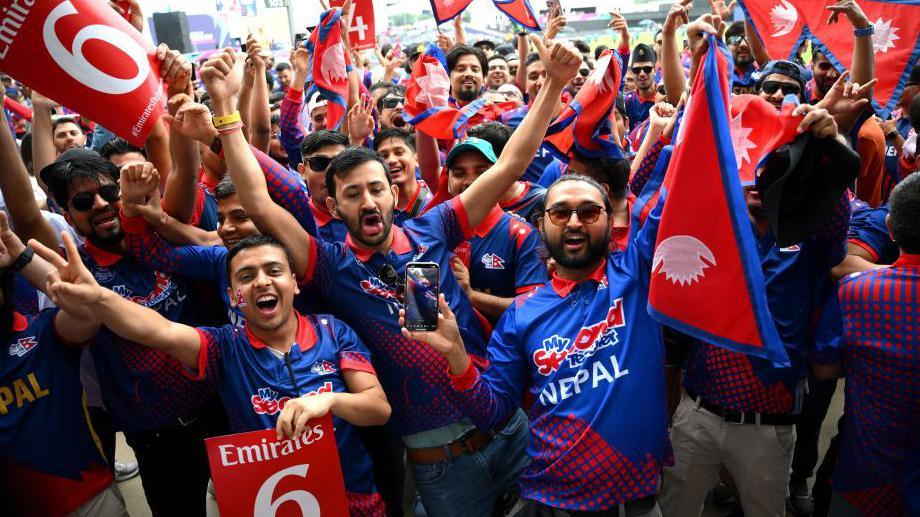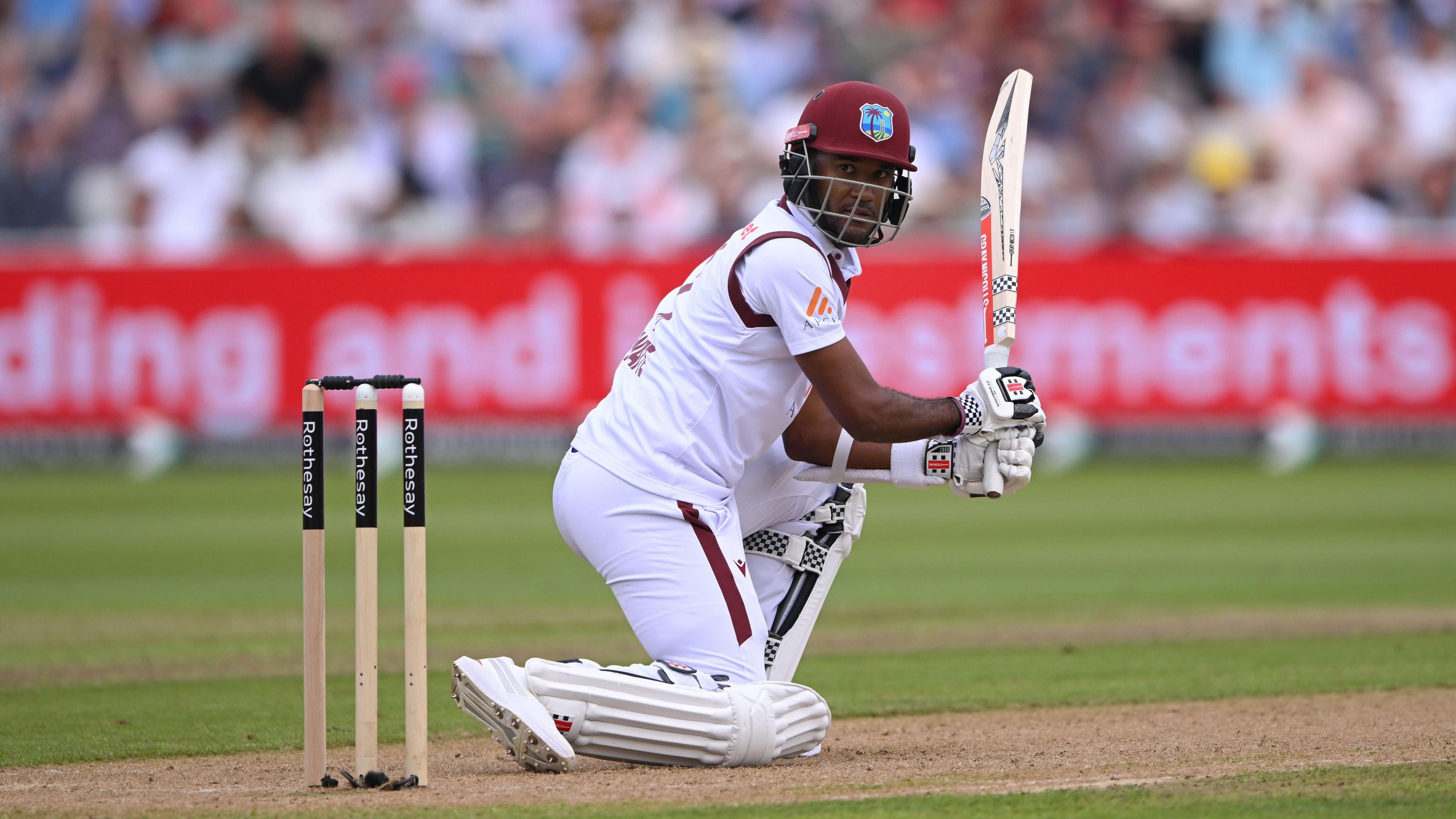Addressing the Slow Play Crisis in Test Cricket: Solutions and Insights
Explore the ongoing issue of slow play in Test cricket, its impact, and potential solutions to enhance the game's pace and spectator experience.

The Persistent Issue of Slow Play in Test Cricket
Test cricket, known for its strategic depth and endurance, has recently been marred by the persistent issue of slow play. This problem not only affects the game's pace but also diminishes the spectator experience. The recent series between England and India highlighted this issue, with significant overs lost due to slow play rather than weather interruptions.
Understanding the Rules and Penalties
In a standard five-day Test match, 90 overs are scheduled each day. However, overs lost to slow play are not recoverable, unlike those lost to weather. The International Cricket Council (ICC) has implemented penalties, including fines and points deductions in the World Test Championship (WTC), but these measures have had limited impact. For instance, England was docked 22 points in the 2023-25 WTC cycle due to slow over-rates.
Factors Contributing to Slow Play
Several factors contribute to the slow pace of play in Test cricket:
- Umpire Reviews and Concussion Protocols: These necessary safety measures add time to the game.
- Ball Changes: Frequent requests for ball changes due to wear and tear cause delays.
- Unscheduled Breaks: High temperatures and minor injuries lead to additional breaks, further slowing the game.
Player and Expert Perspectives
Players and experts have weighed in on the issue. England's Joe Root suggested limiting ball change attempts to save time, while India's Jasprit Bumrah emphasized the physical toll on bowlers. Former England captain Michael Vaughan proposed enforcing a strict 90-over quota each day, regardless of the time taken.
Potential Solutions
To address slow play, several solutions have been proposed:
- Penalty Runs: Imposing run penalties for slow over-rates could be more effective than monetary fines.
- Stop Clocks: Implementing stop clocks for drinks breaks and other interruptions could help manage time more efficiently.
- Flexible Hours: Starting play earlier or extending hours to complete lost overs could mitigate the issue.
Conclusion
Slow play in Test cricket is a multifaceted problem requiring a combination of rule enforcement, player discipline, and innovative solutions. By addressing these issues, the cricketing community can enhance the game's pace and ensure a more engaging experience for fans.



























